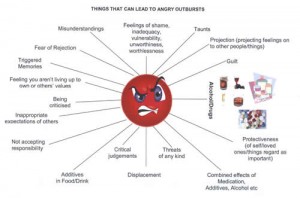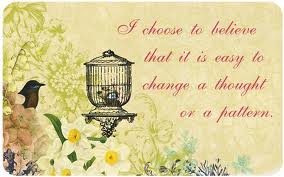How do we define happiness? Is it getting just what we want out of life? Having lots of satisfying and supporting close relationships? Peace of mind? Not having to worry? Or maybe it is a combination of all these things?
According to Samuel Taylor Coleridge (1772-1834), an English poet, literary critic and philosopher – “The happiness of life … is made up of minute fractions – the little, soon-forgotten charities of a kiss, a smile, a kind look, a heartfelt compliment.” If that sounds too easy to be true then think about it for a moment:
Do you spend your time thinking about all the things you don’t have that you would like; all the people around you who annoy you; all the things you have to do that frustrate you? If you do, then I expect you’re feeling pretty fed up. If, however, you fill your day thinking about all the things you have that you can be grateful for (particularly the little things as suggested by Mr Coleridge); all the people around you who care; and all the choices in life that you have, then chances are, when you look back over your day, it will have been a good one (or at least not bad!).
Happiness and gratitude work hand in hand, so why not try spending an entire day being grateful: For the opportunities you are given – to hug somebody you love; the choices you have – cheese or tuna (at least I know I won’t go hungry); the actions you take – saying thank you, paying a compliment, making a difficult decision and trusting yourself that it will be ok.
Most importantly, be aware of your thoughts. If you notice a negative thought creeping in, then try to replace it with a neutral or positive one. For example: “I bet it’s going to rain again today” could become “It might rain today so I’ll take my brolly just in case” or even “who cares if it rains today, I’ll have my brolly!”
Think about what makes you happy and inject some happiness into your life everyday:
- Spend more time building positive, supportive relationships.
- Invest time and energy doing something that brings you happiness.
- Take time out to be alone and be with yourself, just being you.
- Look after yourself: eat well, sleep well, exercise well, live well.
- Be in the here and now – make the most of every moment and see if you can enjoy it for what it is.
Free your thoughts, live your life
… and be happy!



 on the other hand, is not good for anybody. It seeks to diminish the person you are angry at and at the same time diminishes you by making you feel bad. Even if you are able to justify your anger to yourself, you still have to convince other people that your behaviour is acceptable and that is not an easy task if your behaviour is inappropriate.
on the other hand, is not good for anybody. It seeks to diminish the person you are angry at and at the same time diminishes you by making you feel bad. Even if you are able to justify your anger to yourself, you still have to convince other people that your behaviour is acceptable and that is not an easy task if your behaviour is inappropriate. 
